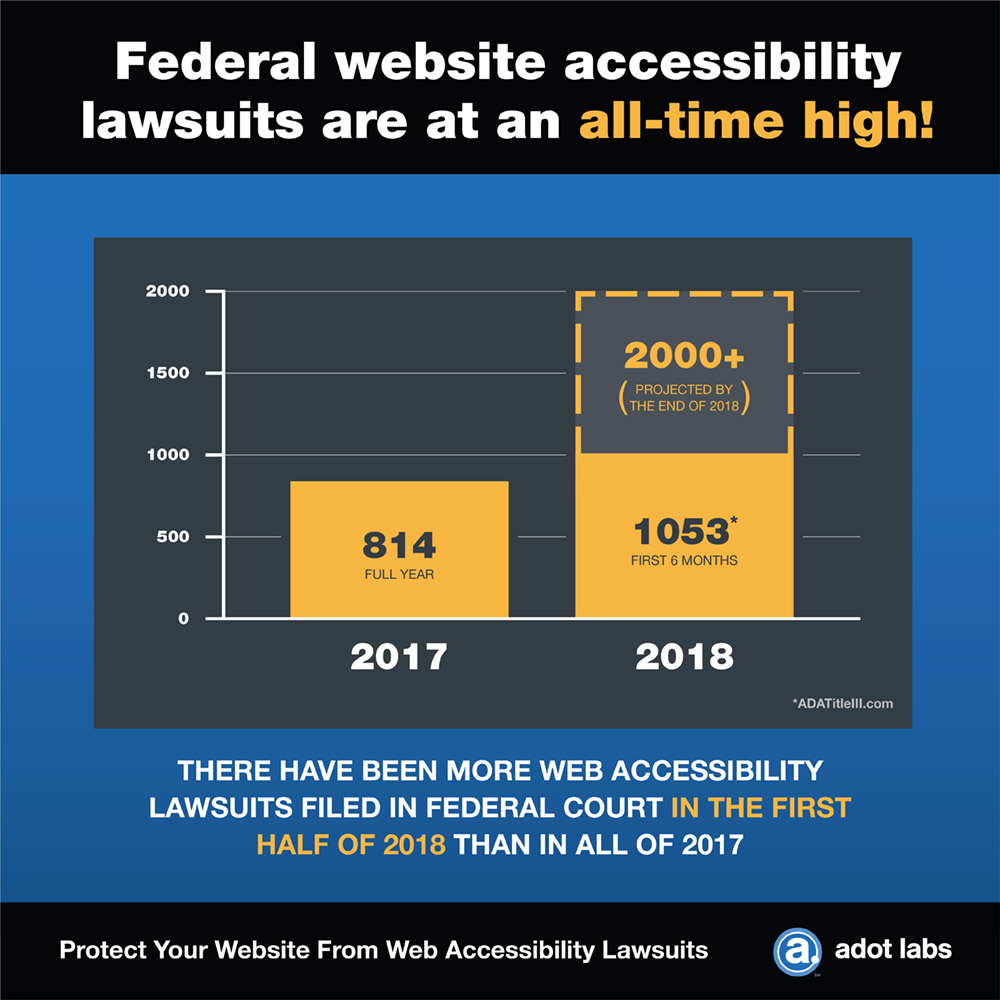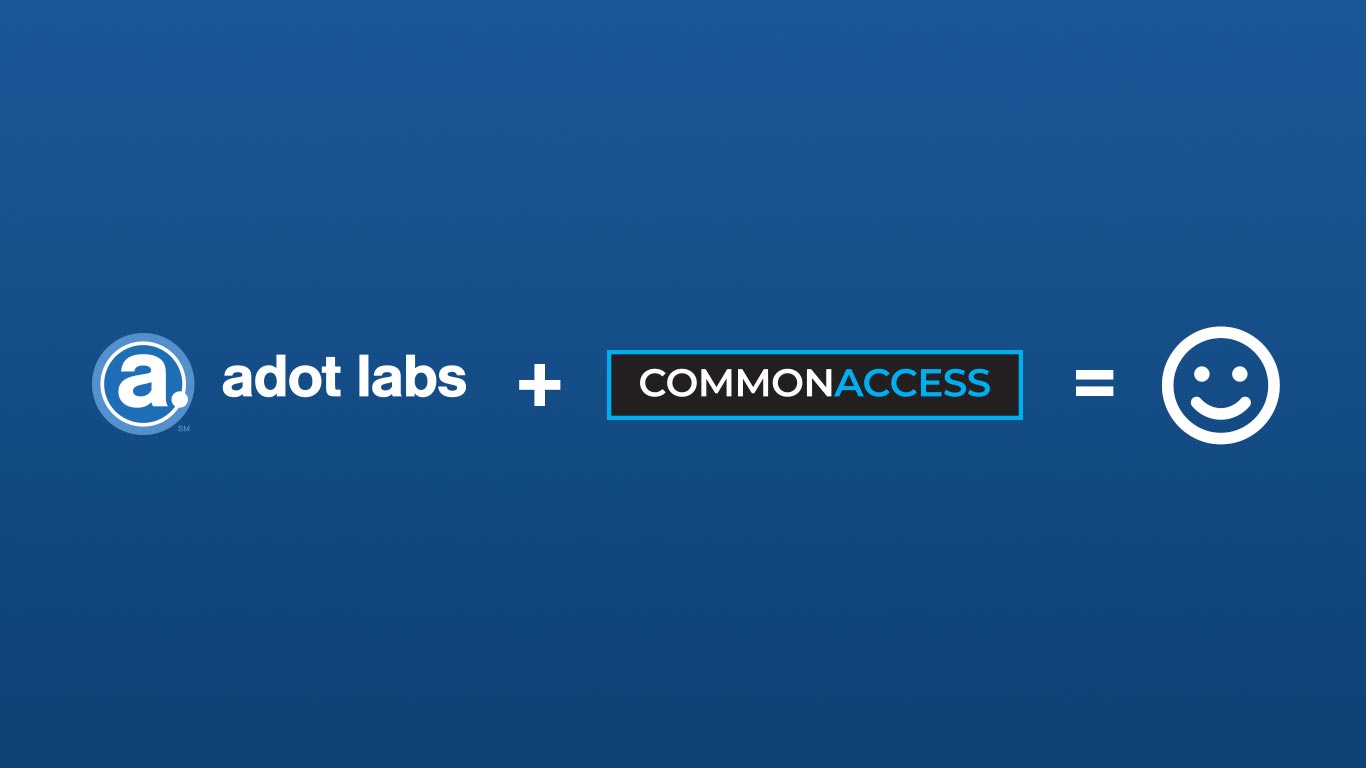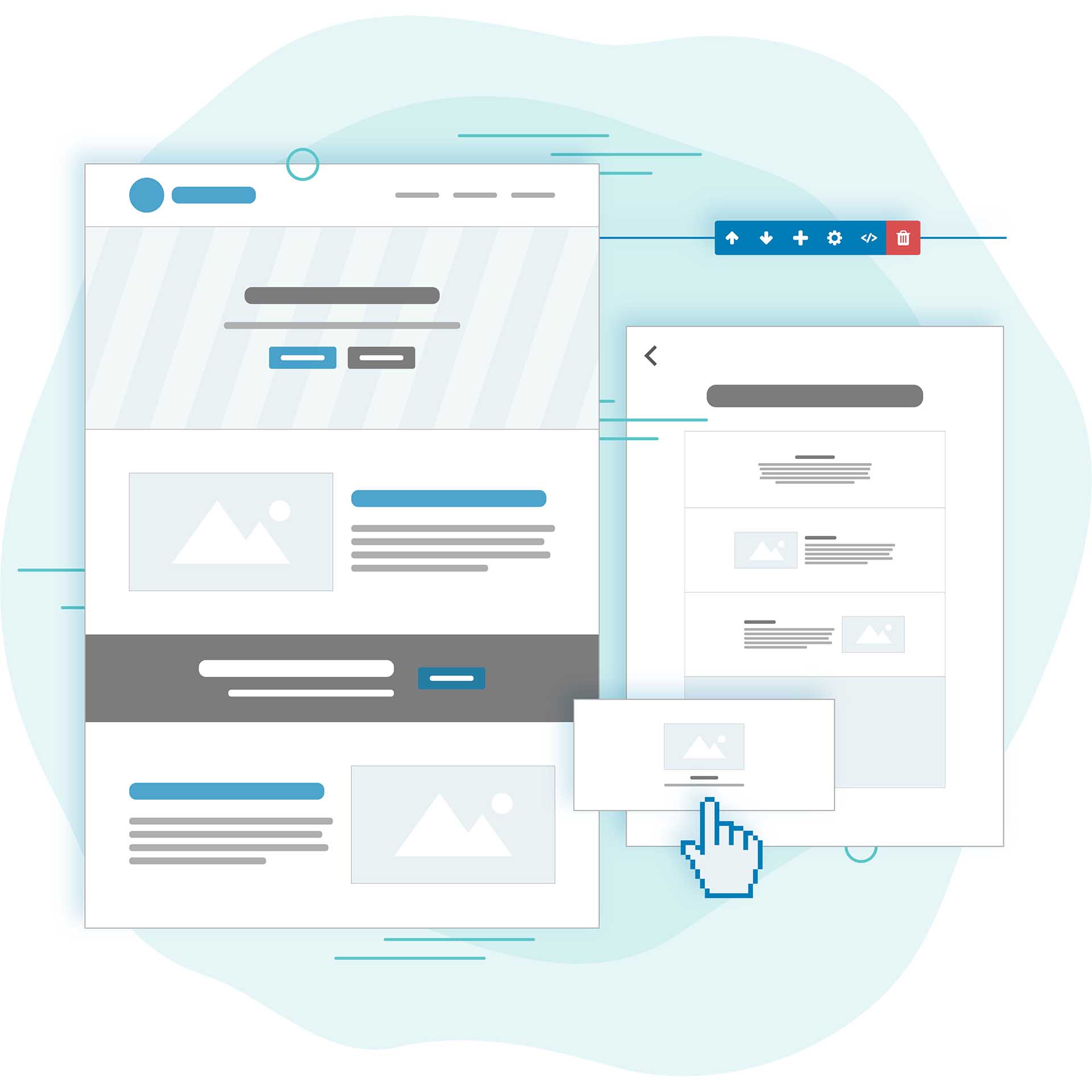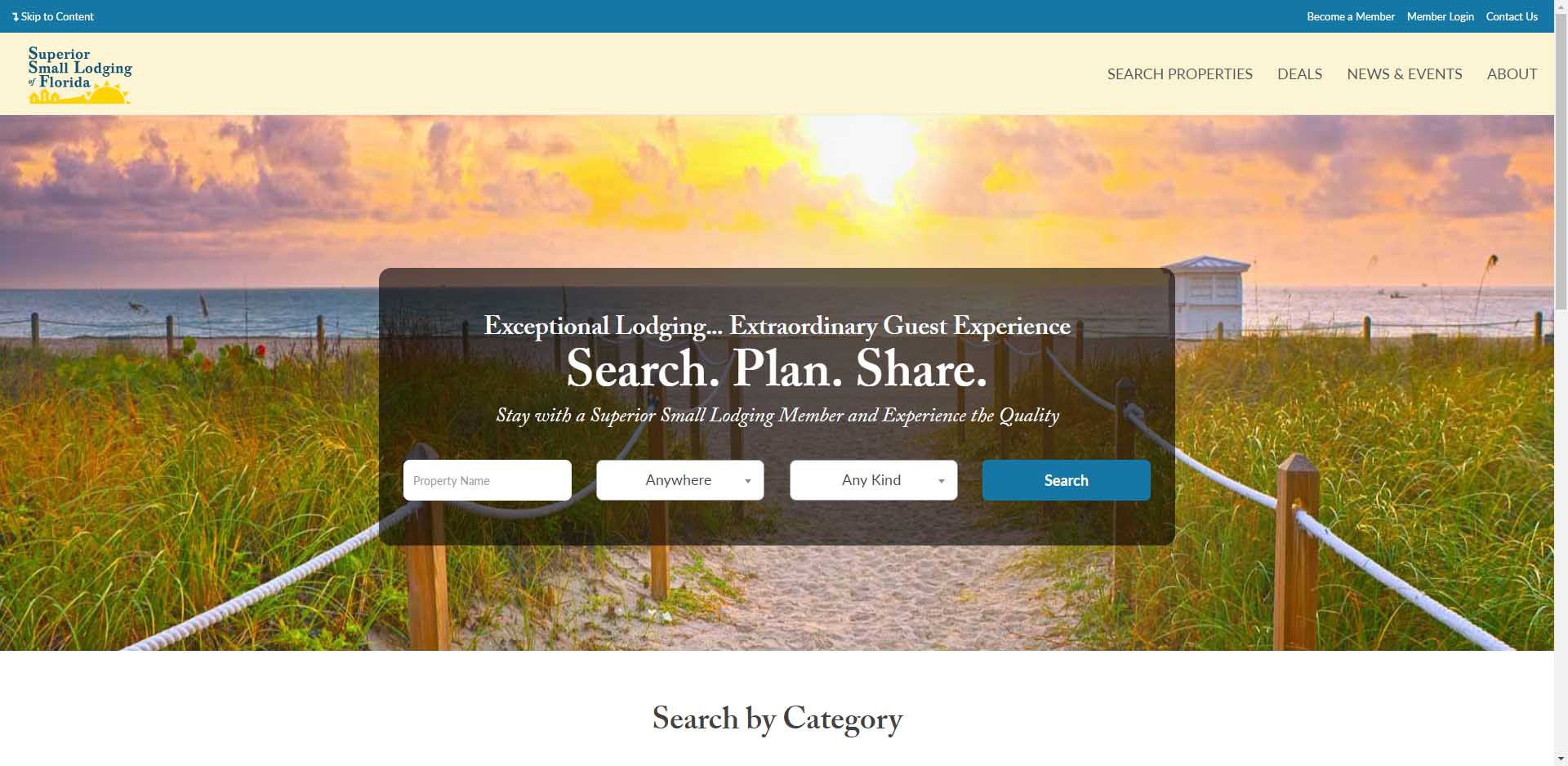Federal Web Accessibility Lawsuits Hit Record High
- July 27, 2018
- / Renea Dumas
- / Industry News

In a recent mid-year investigation by the law firm of Seyfarth & Shaw1, it was found that the number of ADA title III lawsuits for 2018 has already surpassed the total number of federal title III accessibility lawsuits for the entirety of 2017.
The issue
Most of our interactions today are online. We pay bills there, look for employment, educate, entertain ourselves, shop, and so much more. Unfortunately, many websites have informational access barriers for users with impairments and because those sites aren’t coded so that people with disabilities can access the information presented on them, they are in violation of the Americans with Disabilities Act (ADA).
Federal Regulations for Web Access?
With the Department of Justice (DOJ) withdrawing its plans for web accessibility regulations5 earlier this year4, the burden rest on the court system to provide legal standards on digital accessibility, which without federal guidance, creates verdicts that are inconsistent between jurisdictions. One aspect of these verdicts that does appear to be constant is the requirements to update the inaccessible websites using either the Web Accessibility Content Guidelines (WCAG) version 2.0 AA or Section 508 of the Rehabilitation Act, depending on the type of organization in each State.
What is a business owner to do?
Business owners have 4 choices when it comes to website accessibility:
1. Repair their current website.
2. Build a new accessible website.
3. Don’t repair the website, not get sued, but discriminate against more than 56 million people2 who have a combined annual disposable income of more than $544 billion3. *
4. Ignore the accessibility issues on their website, get sued and pay for all lawyer fees & court cost all while still having to pay to repair your website. *
(*=Bad for business)
Recommendations from Web Accessibility Professionals
Ensuring that a website is accessible to all users begins with the initial development using WCAG 2.0 AA or Section 508 standards. If the business owner is uncertain if these standards were utilized, it is strongly advised to have a full evaluation by a web accessibility professional, performed on their site and post an accessibility plan to alert the public that the necessary steps to become ADA compliant are being taken by the company.
Next, business leadership should consult with their web team/accessibility expert on how to resolve any issues that may be discovered. Finally, as laws and standards around web accessibility are updated, understanding that the website and accessibility plan will also need to be revised is imperative to avoid costly litigation.
If your website needs to be evaluated for accessibility or you have questions, contact an Adot Pro accessibility team member at https://www.adotlabs.com/contact-us
To learn more about web accessibility, read our article “What is Web Accessibility?”
Sources:
1. Seyfarth Shaw, ADA Title III, Website Access and Other ADA Title III Lawsuits hit Record Numbers, https://www.adatitleiii.com/
2. United States Census Bureau, https://www.census.gov/newsroom/releases/archives/miscellaneous/cb12-134.html
3. Disability Market, Fifth Quadrant Analytics, http://returnondisability.com/disability-market/
4. ADA National Network, What is the Americans with Disabilities Act, https://adata.org/learn-about-ada
5. Federal Register, https://www.federalregister.gov/documents/2017/12/26/2017-27510/nondiscrimination-on-the-basis-of-disability-notice-of-withdrawal-of-four-previously-announced
 Federal Web Accessibility Lawsuits Nearly Triple In 2018
Federal Web Accessibility Lawsuits Nearly Triple In 2018
 Life, Liberty, and the Pursuit of Pizza
Life, Liberty, and the Pursuit of Pizza
 Adot Labs is now CommonAccess
Adot Labs is now CommonAccess
 How I See It: Business Websites vs. the Disabled
How I See It: Business Websites vs. the Disabled
 Blind People Use Computers?
Blind People Use Computers?
 Web Accessibility Doesn't Stop for Summer Break
Web Accessibility Doesn't Stop for Summer Break
 Are You Ready to Party this Cinco de Mayo?
Are You Ready to Party this Cinco de Mayo?
 Designing with Visual Page Builder is Easy
Designing with Visual Page Builder is Easy
 Strength in Numbers
Strength in Numbers
 Small Businesses Celebrate Mother's Day
Small Businesses Celebrate Mother's Day